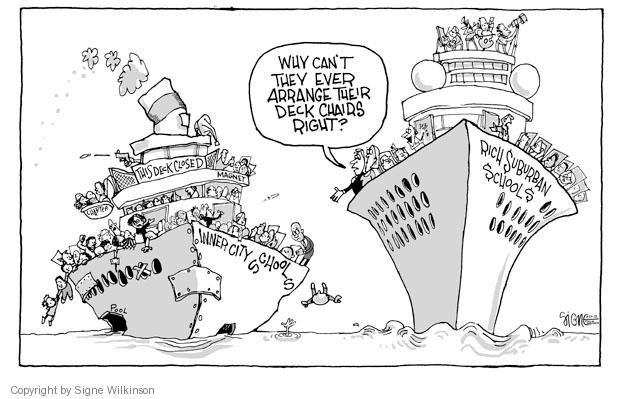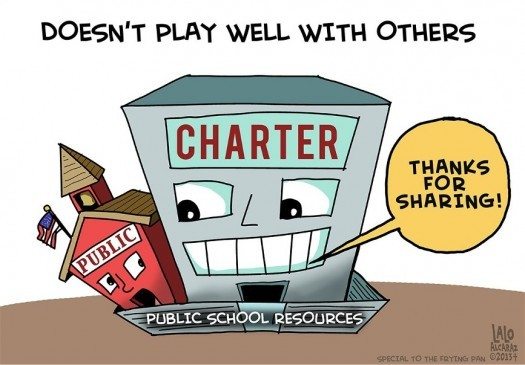Blog Post #5
Blog Post #5

This chapter of the book focused on the education system in the 1980s until today. As I was reading, I was shocked to see where the practices that are implemented and enforced in schools today came from. The idea of learning standards/objectives and standardized testing came from the business world. The fact that the United States was behind other countries in terms of the economy was always blamed on the education system. Therefore, at this time, the business world decided that in order for the country to produce capable workers for the labor force, they needed to be taught those specific skills in schools. To further implement these ideals, learning standards were created for schools to meet, specifically in areas of math and science. What is interesting is that studies show that literacy is the skill set that is needed across all subject matters, yet the focus still remains on STEM subjects.

After integration, predominantly white schools in predominantly white neighborhoods still produced more graduates because of their funding. Minority parents would have their children travel far to attend the schools with more resources. At this point, charter schools were created to target certain kinds of students. This gave parents the choice to send their children to a school that was closer and then their government allotted funding would follow them to that school. Some business leaders took charge of a few of these schools and gave substantial funding for resources such as computers. These efforts were great, but they did not meet what should have been the primary goal of education: to create sensible, sensitive, and responsible adults.
In our group, we focused mostly on the effects of standardized testing on students. These tests were first introduced to be able to measure how much a student has learned and if they met the learning standards for their grade level. If a child failed this test, they would be left behind and had to repeat the year. The pressure of an exam alone made students perform poorly. Even today, there are students who are simply not good test takers, who have test anxiety, or who cannot be tested via paper and pen to show their understanding of the material. In schools today, students are taught using different methods (auditory, oral, visual, hands-on) as it is well-known that not all students learn the same way. However, it is unfortunate that state testing forces them all to take one kind of test across the board for all kinds of learners, regardless of whether they are gifted, struggling, English language learners, etc. This then proves that these tests are not accurate and should not be the reason why someone is left behind a grade level nor should it be the judge of a child’s intelligence.
In conclusion, there have been plenty of positive strides in the education system we see today but there is still plenty of work that needs to be done to ensure that educators are doing their very best for their students. The students should be taught certain skills instead of being forced to memorize knowledge that can very likely expire, as the time is constantly changing. I hope that as a teacher I can adopt the progressive way of teaching.
Hadia,
ReplyDeleteYour graphics are wonderful and pull the reader right into your blog text! Thanks for your thoughtful reflections about the changes in recent and current education and some of the challenges you name that need continued reform and change. Your knowledge and perspective will be so important in your role as a teacher, mentor and facilitator of learning!
Professor Knauer